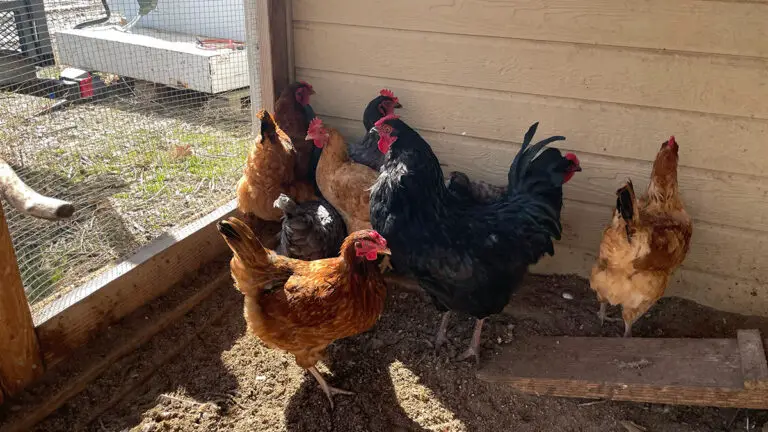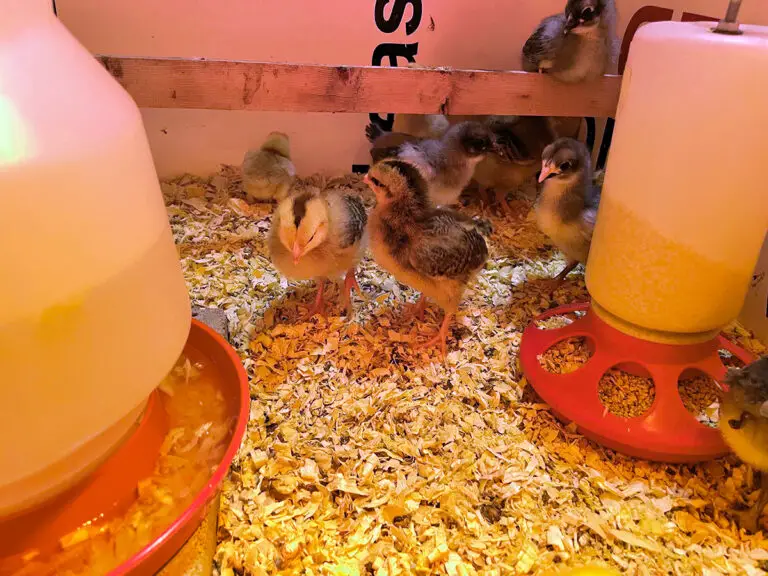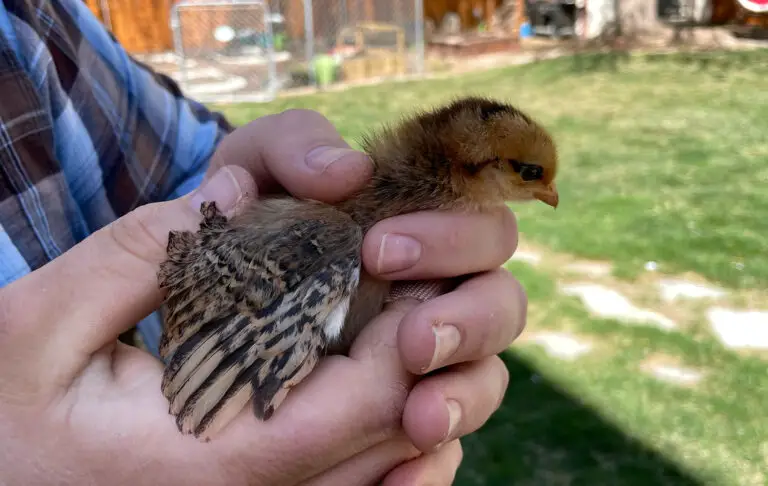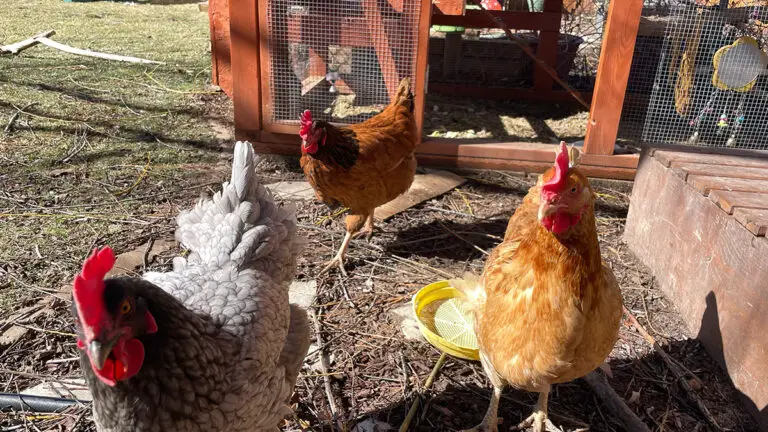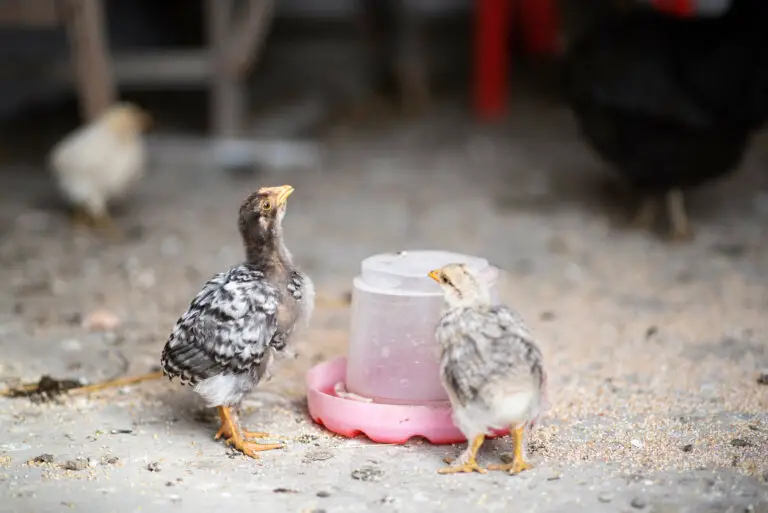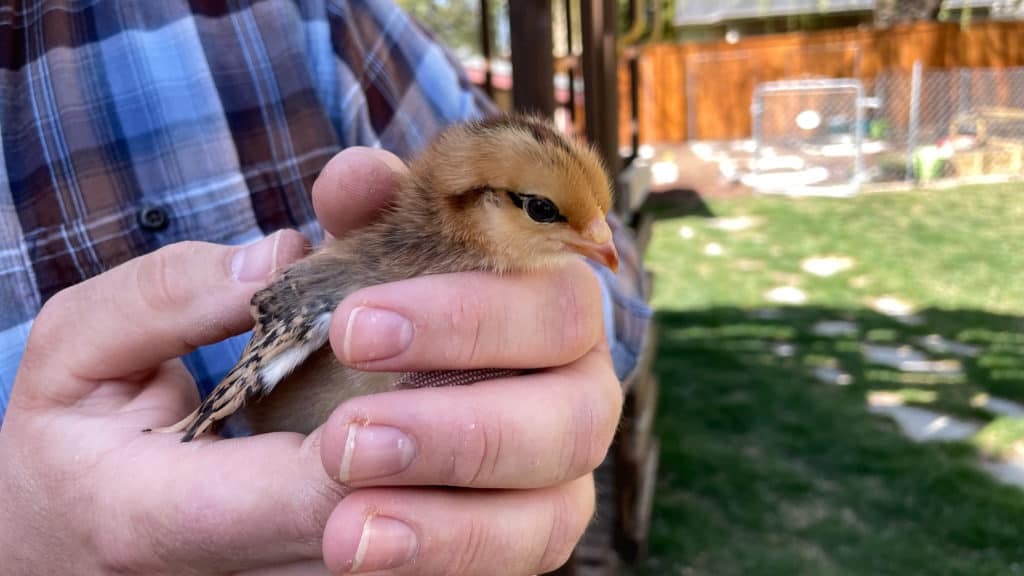
At my home, growing up, it seems like we always had chickens. Every year we added to the flock. So when I decided it was time to start my first flock on my own, I had to think about how many of the chicks I bought would actually survive to adulthood. Here’s what I’ve found about how often baby chicks die.
For baby chicks purchased from a hatchery, it is normal for around 5% to die before reaching maturity. However, it’s not uncommon for anywhere from 1% to over 10% of baby chicks to die when you include newly born chicks still at the hatchery. How often chicks die depends a lot on how old they are as well as the conditions they are kept in.
Let’s go into a little more detail about when baby chicks are most vulnerable and what conditions have the biggest impact on how many die and how many survive to adulthood.
The Stage where Baby Chicks are Most Vulnerable
Baby Chicks (which are also called “peeps” by many) are really vulnerable. It’s amazing to me that their mortality rate is actually so low. 5% is incredible considering just how many things you can get wrong when raising chicks. But keep in mind that this percentage is the average and includes a ton of farms that have a lot of experience raising chicks.
Baby chicks are vulnerable at the time of hatching. This makes sense. It’s at this point that they are most fragile physically. But, it’s not necessarily when they are the most vulnerable. For the first 3 days of life, baby chicks still have a supply of food in their yolk sac, which they live on entirely during that time. That’s actually when hatcheries often ship those peeps either to retail stores or in some cases, directly to customers.
According to Cackle Hatchery, during the first 3 days after hatching, baby chicks have a particularly strong immune system making them more adaptable to changing temperatures and other environmental conditions. I presume the yolk sac is what provides that immunity boost. Anyway, that’s why the first 3 days are the optimal time for sending chicks through the mail.
All that said, my experience and everything I’ve seen tells me that baby chicks are most vulnerable during the first 10 days after hatching. After that, their mortality rate decreases with every day that passes.
When Should I Worry that Too Many of My Chicks are Dying?
Knowing that baby chicks become less vulnerable after just 10 days can give you a lot of reassurance. Here’s why.
If you’ve had your chicks for 10 days already and you’ve lost 1 out of a flock of 20, you’re doing just fine. That’s completely normal. Since the rest of your chicks have lasted this long, it’s very likely that the conditions you set up are amenable to baby chicks, and the rest of them will probably make it. You know, as long as you nothing drastically changes.
However, if out of 20 you have 1 die after just 1 or 2 days, then you’ll definitely want to keep a close eye on the rest of them. Since you’re still well inside the 10-day vulnerable window, it’s possible there’s something wrong with your setup and you’ll lose more.
Most of the main causes of death in baby chicks actually have pretty visible signs. If you watch for those, then you can probably figure out pretty quickly why your chick mortality rate is high.
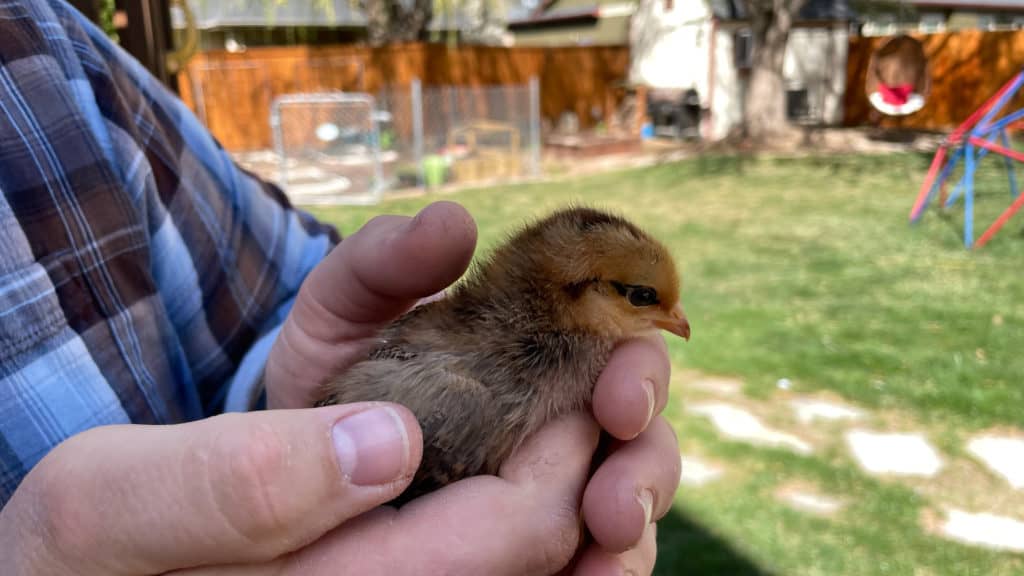
Why So Many Baby Chicks Die
The main reason baby chicks die as often as they do is that the environment they’re in isn’t well-suited to them.
There are some really important environmental factors that you can pretty easily adjust that can have a huge impact on how many of your chicks grow into adult chickens.
- Space. If chicks are too crowded, they’ll pile on top of each other and the smaller or more timid baby chicks can get smashed or otherwise injured. Make sure the chicks aren’t packed in so tight that they don’t have room to move around easily. Also, adding a stick or small board to your brooding box as a roosting bar will give your chicks even more room as they start to get bigger.
- Temperature. This is the easiest one to get wrong. If chicks are too cold, they can die from that directly. When they’re cold, they huddle up which can cause the same problem we just talked about, even if they have plenty of space. If you see a lot of huddling, they’re too cold.
On the other hand, if they’re too hot they can easily dehydrate. When chicks are hot they’ll spread out and often even lie flat on the ground sort of spreading out as wide as they can to try to cool off.
As a rule of thumb, a brooding box (at least part of it) should be at about 90°F (32.2°C) for newborn chicks and can be reduced by about 5°F (2.8°C) every week until they’re ready for the coop. - Water. One of the easiest ways to lose a bunch of chicks is to let them get wet. Baby chicks can drown in surprisingly shallow water. Also, if they get wet before they have full-grown feathers to keep the water off, then they can die just from being too cold. Don’t put any sort of open water dish into a brooding box. If chicks get wet somehow so that their down gets soaked, don’t just assume putting them in a warm place is good enough. It’s best to get out a hairdryer and on low heat, dry off the chick as quickly as possible.
- Nutrition. Nutrition isn’t too hard to get right. A good food product that’s made for chicks will generally have a good balance of nutrients. I feed my chicks Purina Start and Grow Medicated Feed Crumbles (affiliate link). It has great nutrition plus some prebiotics and probiotics that help with immunity and digestion. I haven’t lost a chick yet feeding them this.
- Sickness. One really common issue with chicks is known as pasty butt. Basically, they get a build-up of chicken poop on their bottom side and it clogs them all up until they die. It has a lot of potential causes, which is why digestive health is pretty important. There are other types of illness that can be fatal to baby chicks as well.
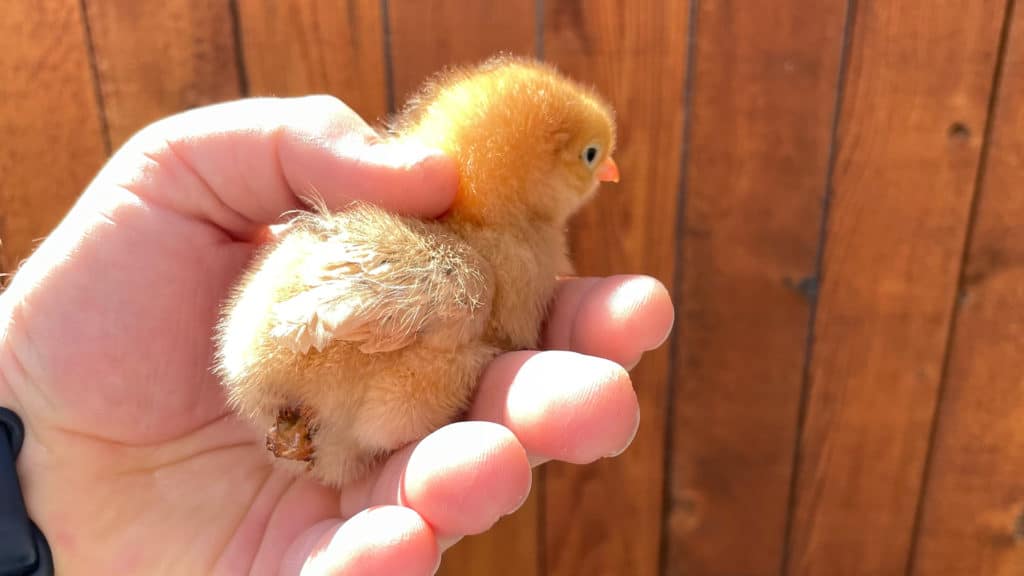
With all those ways that baby chicks can die (and still others, although less common) it really does seem surprising that around 95% of chicks today are able to survive to maturity. But if you have the right food, the right setup, and watch for the right things, you’ll be able to make it through those first 10 days, and the subsequent weeks and months, without losing a single chick.
Sources
- Some hatchery factors involved in early chick mortality. Study by D J Kingston
- A Survey of Early Chick Mortality… Study by M. Muhammad, et al.

